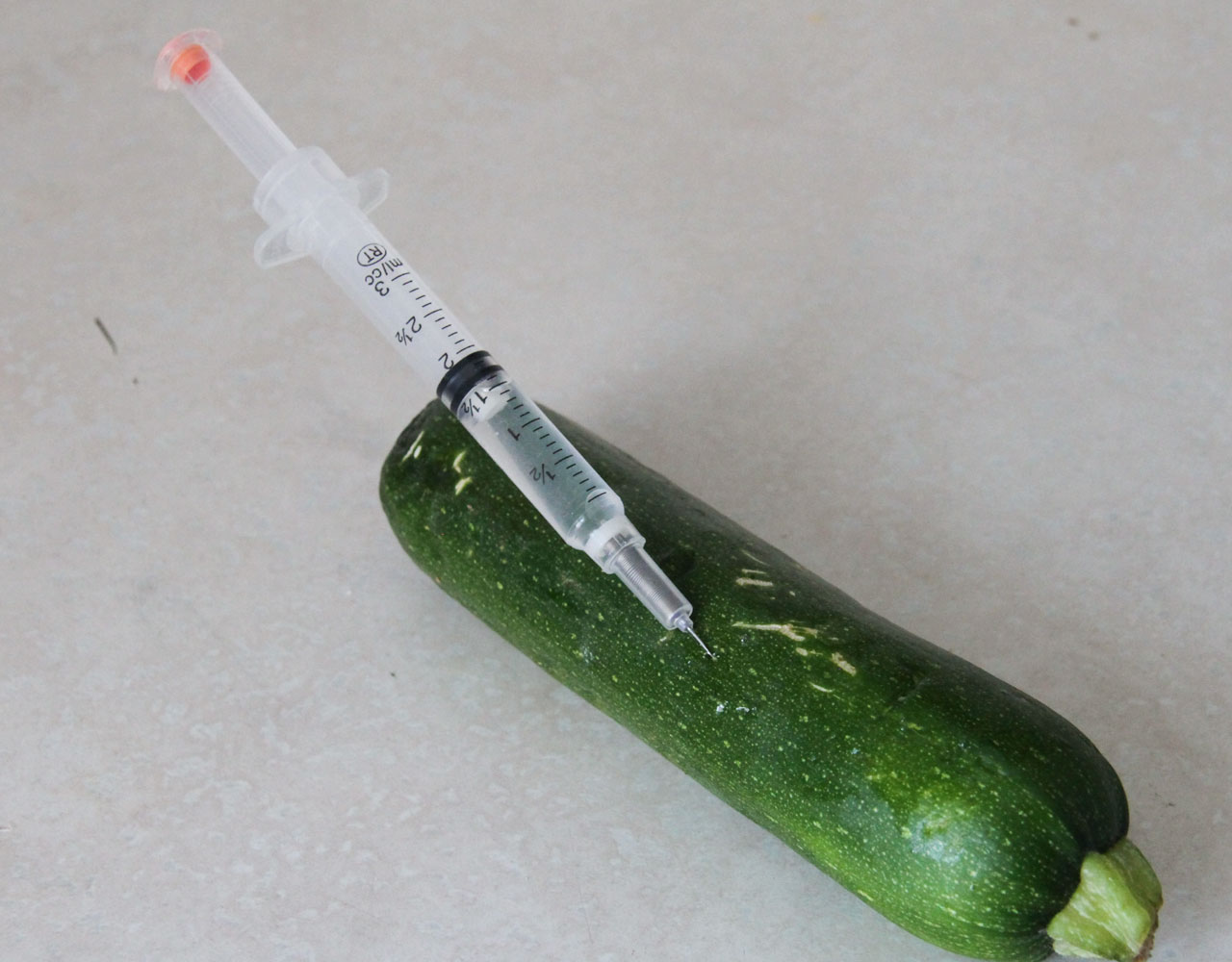While discussing methods for gene-editing in my molecular genetics class, my professor brought up a survey from 2015 organized by the Oklahoma State University Department of Agricultural Economics that aimed to gather data on the public’s opinion on issues surrounding food. In this survey, about 80 per cent of Americans responded that there should be “mandatory labels on foods containing DNA.” While most students in my class found this result hilarious, it dawned on me that this evident misconception about DNA’s relation to food was extremely alarming. It is yet another symptom of scientists’ poor record when it comes to communicating with the public. With that in mind, I decided that DNA, and its relation to genetically modified organisms (GMOs), would be a perfect topic for this blog.
First off, I’d like to explain exactly what DNA is, as it can be a bit of a mystery if you have taken minimal biology courses. DNA, or deoxyribonucleic acid, is a molecule found in all living cells that encodes genetic information. It is a very simple yet elegant molecule. It is only made up of four ‘building blocks,’ but it is the basis of all existing cells. It can be thought of as a cell’s blueprint. Within the sequence of these ‘building blocks,’ it holds the instructions for the production of proteins that carry out specific cellular functions.
Since all organisms are comprised of living cells, DNA is found in everything that is alive. If you have not already figured it out, I am sure you can now see why everyone in my class found the result of the survey so funny—nearly all foods contain DNA, as nearly all foods are derived from living organisms. Wheat contains DNA, rice contains DNA, all fruits and vegetables contain DNA. The sequence of the ‘building blocks’ differs across organisms, but the molecule is universal.
That being said, we can get into exactly what a GMO is. Contrary to popular belief, not all GMOs are Frankenstein-like mutants that appear to be straight out of a sci-fi movie. A GMO is any organism that has had a region of DNA that holds the instructions for a protein (this region is referred to as a gene), added to, removed from, or altered from its original sequence.
Since proteins are the workhorses of the cell that ultimately control its characteristics, the addition, deletion, or alteration of the sequence encoding a protein can alter the characteristics of the resulting cell. The tweaking of characteristics in cells, and thus the resulting organisms, is particularly useful in agriculture. It can improve crop quality, reduce the strain on non-renewable resources, and may be able to help in the fight against world hunger.
A particularly interesting and recently-developed GMO is the Arctic Apple. It is a great example to explain how the simple alteration of a gene can change the characteristics of an organism. When the regular cells of an apple are disrupted—either by slicing, biting, or bruising the apple—a protein called polyphenol oxidase (PPO) mixes with chemicals called polyphenolics, which ultimately produces the observed brown colour. By silencing the gene that encodes PPO, the reaction that produces the brown-coloured by-product is eliminated, resulting in apples that don’t become brown when cut. Similar mechanisms targeting a single protein are used to generate pesticide-resistant crops or crops with added nutritional value.
While I am not trying to promote or demote GMOs, I hope that you have taken away some useful information to inform your opinions on them. Next time you see a radical Facebook post about the dangers of deoxyribonucleic acid in food, I encourage you to leave an informed comment—spread the science!
Photo by Meagan Casalino





![Here’s how your favorite media platforms shape your world view without you realizing it Advertising revenue and subscriptions are the main source of income for news outlets. [Graphic by Sara Mizannojehdehi]](https://charlatan.ca/wp-content/uploads/2021/07/11BE7ADB-1CC8-46E8-ADB4-568B3C7F1265-218x150.jpeg)
